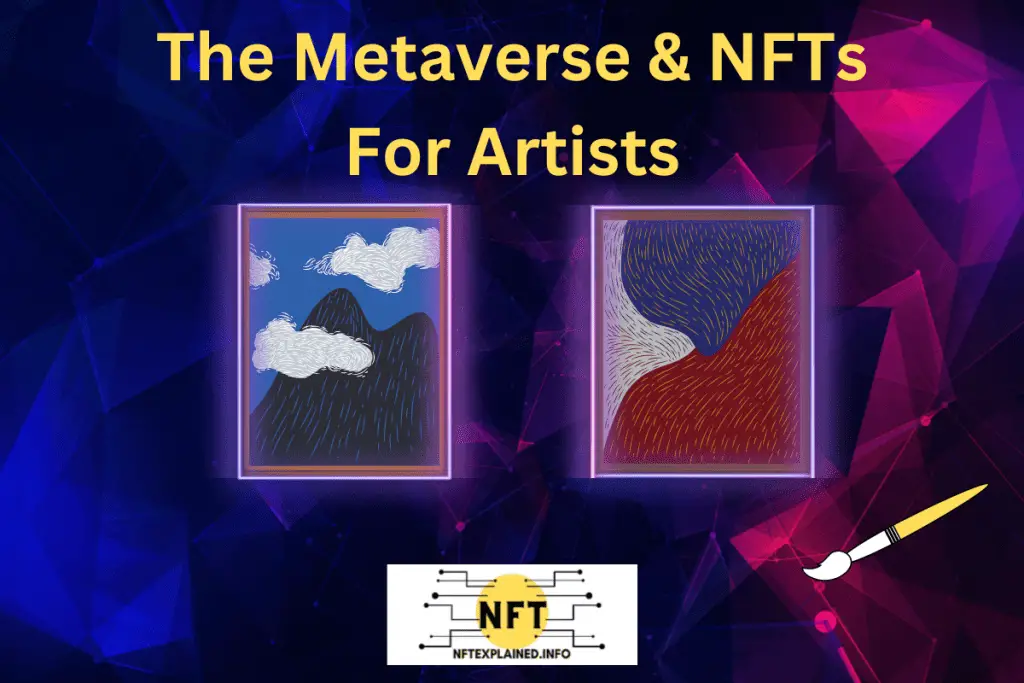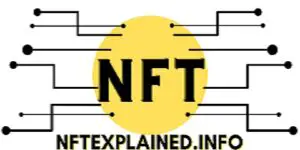
With the metaverse set to be a trillion dollar industry and with tech conglomerates like Meta investing billions into the idea, is it widely agreed that the metaverse will eventually boom.
So how can artists take advantage of this and why should they care about the metaverse?
The metaverse is widely agreed to be based on content creation by creators – resulting in an economy dominated by smaller players making an income through digital items that are bought and sold. The monetization of digital items (e.g. hoodies) provide an opportunity for artists previously unavailable.
Before our team further dives into new ways that artists can monetize their work and position themselves well for what’s expedited to come, we want to preface that our team has a full article precisely explaining what the metaverse is; that article can be found here.
With the rise of this sector, it’s important for artists to begin creating more 3D and immersive art – as it’s widely agreed that the metaverse will be a 3D, virtual environment.
Creating art within that style, makes it more likely to be appealing to a larger number of users – like those who partake in the metaverse.
3D digital items like articles of clothing are likely to be interoperable in the sense that they can be moved into different virtual worlds – where users can wear these articles of clothing.
Establishing yourself as a digital artist, and especially as a 3D digital artist, while the metaverse is still in its early stages will likely give an advantage when the metaverse sees greater adoption.
First movers are often rewarded, and artists that position themselves well now, by building up a following, are likely to be recognized (including through compensation).
The ability to monetize designs but more specifically outfits is something we are already seeing with existing metaverses like IMVU; IMVU is a metaverse-related game that our team talked about in our article about the top 10 metaverse related projects. Find out more about IMVU and the other top projects here.
Once an artist’s work is within the metaverse, it’s possible to gain much exposure in a much faster way in comparison to the traditional art world, where it’s hard to get featured in museums and galleries that have finite floor space.
Virtual art exhibits pose a potential way for artists to gain more exposure however the art would have to be digital and likely 3D. Sotheby’s – one of the largest brokers of fine arts and rare objects – has already hosted an art gallery in the Decentraland metaverse.
All things considered, a novice artist who does not end up with the monetization benefits of creating within the metaverse, will only lose the investment of time (if that can be considered a loss).
Our team says this because artists typically need to be constantly creating in order to enhance their skills and produce memorable work.
A prime example of this is Beeple; Beeple created digital artwork for over 13 years before he was able to have a breakthrough with a single piece of digital art – an NFT – producing a record breaking sale of U.S. $69 million. More on Beeple and his piece ‘Everydays: the First 500 Days’ can be found here.
At a minimum, the artist will be more creative through learning a new medium. It’s also likely that this investment will be minimal as the cost of content creation through digital design has become increasingly minimal.
Beeple was able to monetize his work through non-fungible tokens which are set to be an integral aspect of the metaverse. This moves us to the next section of our article.
Why Should Artists Care About NFTs?
Artists should care about NFTs because it provides a new medium for artwork monetization; NFTs also pose a new way to grow a fanbase or a community of like-minded supporters. Digital art creation allows artists to gain exposure faster and work with others while not being in person together.
NFTs and the metaverse go hand-in-hand. NFTs are a way for someone to verify they own a digital item and it gives them the ability to sell it (and reveal previous owners – which is known as provenance).
NFTs are the foundation for how the creator economy will function in the metaverse.
Artists are often hesitant to release NFTs due to misconception that NFTs have a profound negative impact on the environment given the high electrical demand. However this is not the case as transactions like minting on Proof of Stake (PoS) blockchains consume a comparable energy drain as transactions on the Visa network.
More on NFT energy consumption can be found in the article linked here.
Another misconception that artists tend to have is that selling NFTs will be easy, however that’s typically not the case as digital assets are subject to supply and demand economics.
If you are interested in selling NFTs or are looking for tips on how to sell more NFTs, we would highly recommend checking out our article where we interviewed some of the top digital artists. That article is linked here.
Another reason to get into NFTs and the creation of digital assets is the community; lesser known artists have leveraged social media (especially Twitter) to really build a strong community. The overall crypto Twitter space is very positive and supportive of artistic expression.
Another reason why 3D artists, including NFT creators, will position themselves well for what’s to come is the rise of advertising within the metaverse. Artists who have built up a portfolio and can cater to the needs of companies will receive compensation.
The opportunity for freelancers with regards to 3D and immersive art will greatly increase with metaverse adoption including advertising within the metaverse. More on how the advertising industry will change with regard to the metaverse can be found here.
On a separate, but related note, if you are interested in learning about the other sectors that the metaverse will impact, including fashion and art, click here.
It’s clear that with higher levels of adoption for the metaverse, digital artists (including NFT artists) will be positioned well.
Another reason artists should consider joining the NFT space is because of the greatly enhanced ability to collaborate with other artists. Previously art created by numerous people required them to be in the same place; however digital art changes this.
Let us know your thoughts on the opportunities the metaverse and NFTs provide for artists by connecting with our team on Instagram, Twitter & TikTok! Subscribe to our YouTube for high quality educational videos!
Additionally, please consider supporting our team’s educational mission through doing business with our partners: Buy a Ledger hardware wallet. Trade stocks & crypto on Webull – get 2 free stocks. U.S. users can get a crypto trading discount on Binance!

